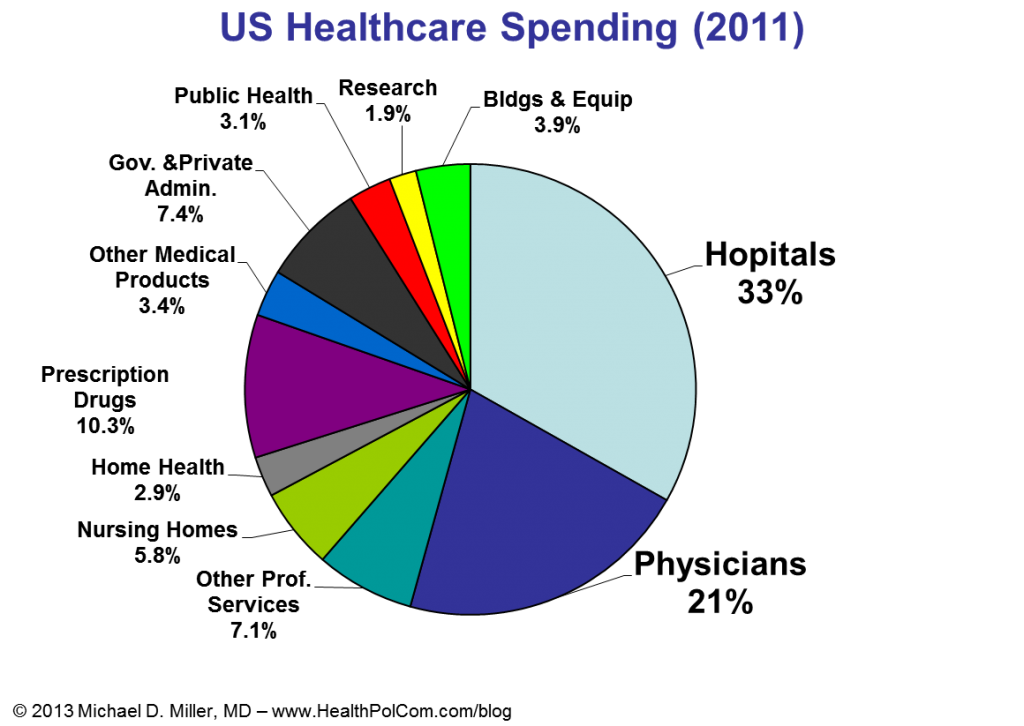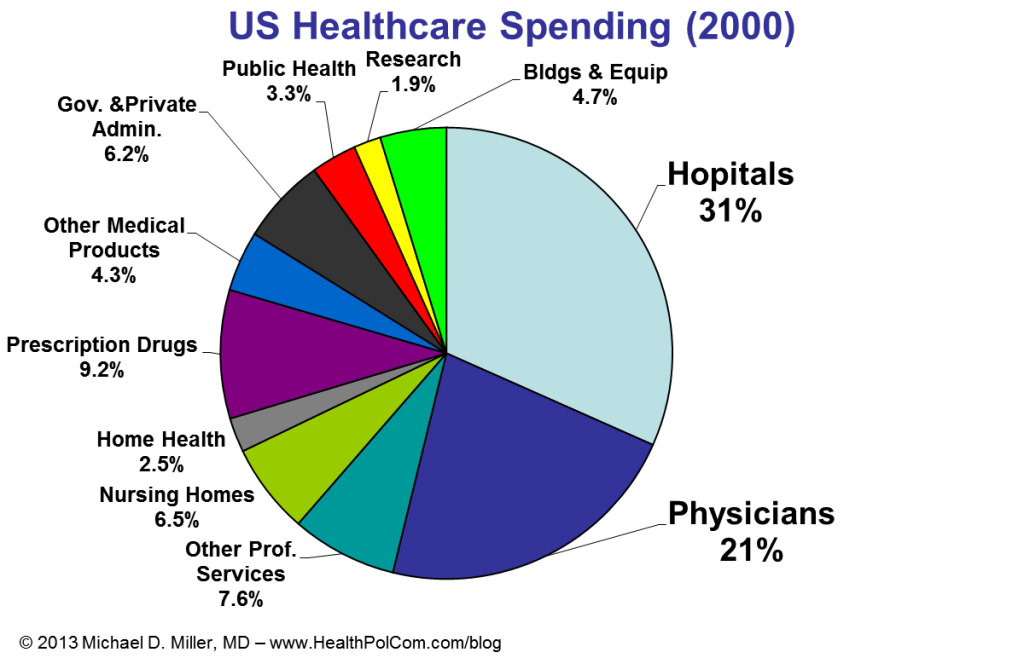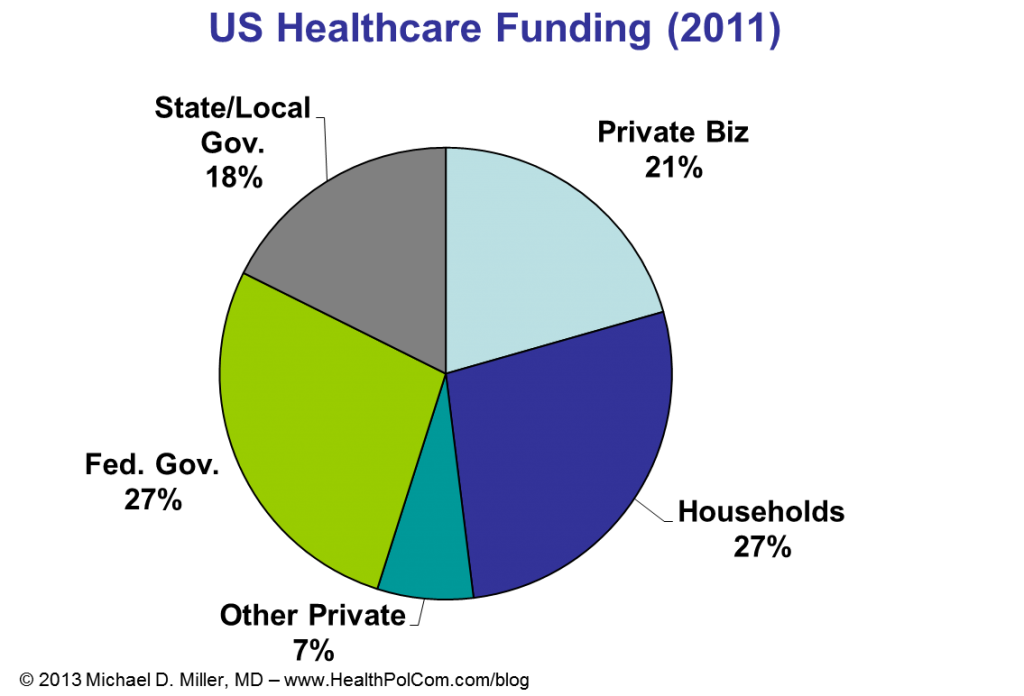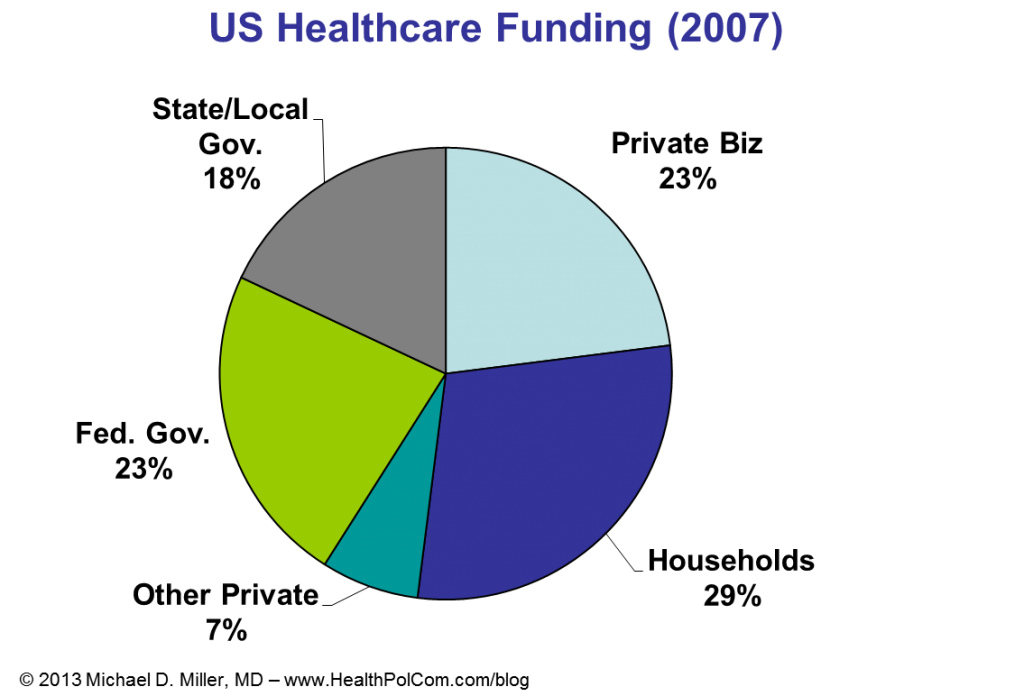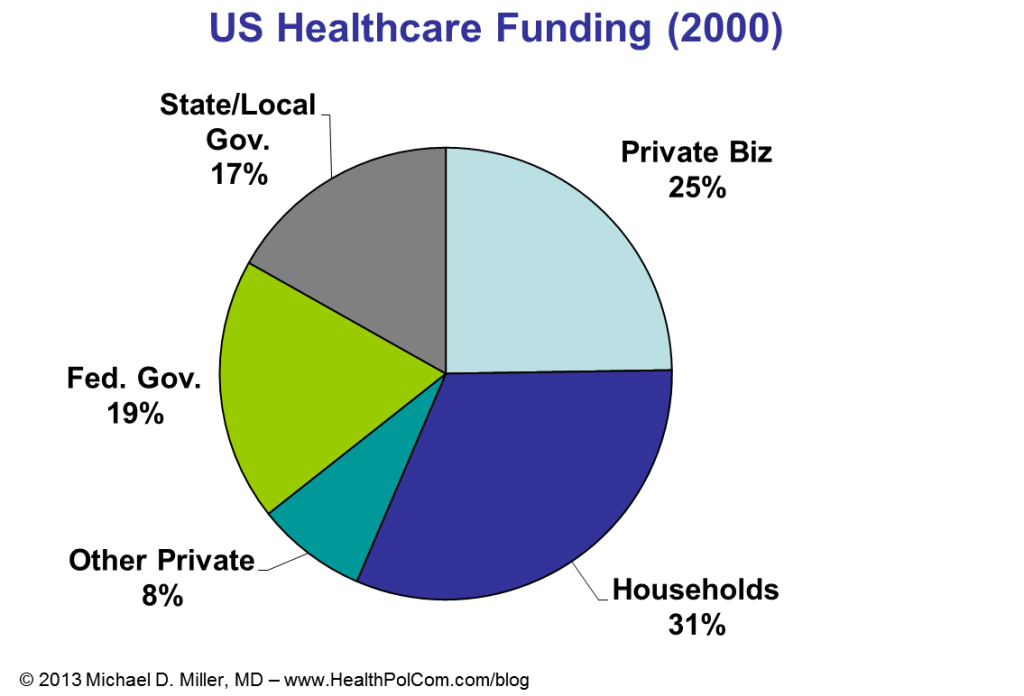The introduction of new oral medicines that can cure chronic hepatitis C infections (including Sovaldi®) have led to some intense discussions permeated with misleading information about the pricing of new medicines, how such medicines are “game changers,” and the implications for budget-crunched payers. Below I summarize some key points about those issues.
1. Myth #1: How Medicines are Priced
One of the perpetuating myths about biopharmaceuticals is that medicines are priced to recoup research and development costs.1 It’s a myth. As I’ve written about elsewhere prescription medicine prices are set like everything else in a regulated free market: Companies set prices to maximize revenues and profits based upon the market opportunities and the value the new medicine provide compared to the consequences of the disease and other treatment options – including no treatment at all. …

